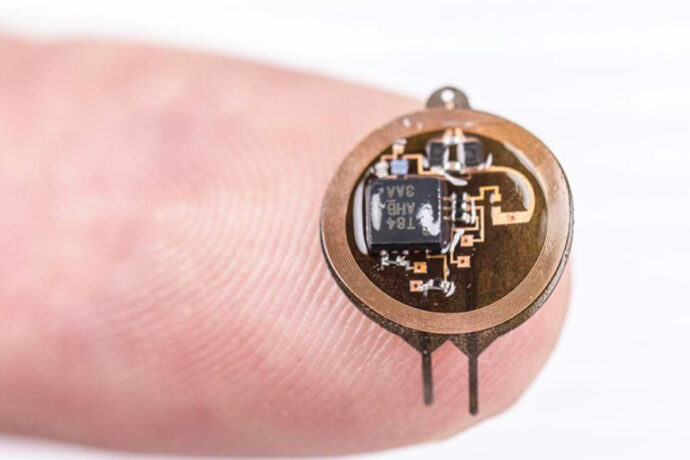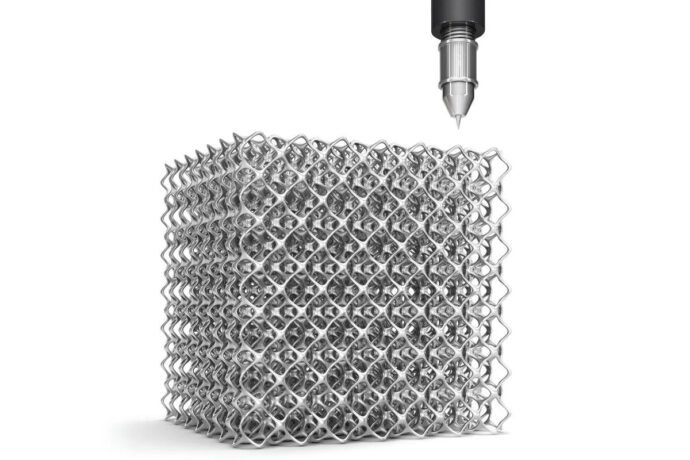
In a groundbreaking development led by engineers at Brown University, a new method has been unveiled that promises to propel the advancement of wireless sensor technology. This innovation holds immense potential for the integration of thousands of minuscule sensors into implantable and wearable biomedical microdevices, heralding a transformative era in data collection and interpretation.
1. Novel Wireless Communication Network:
Published in Nature Electronics, the research team presents a pioneering approach for a wireless communication network capable of efficiently transmitting, receiving, and decoding data from microelectronic chips, each as tiny as a grain of salt.
This network is specifically designed to accommodate sensors that can be implanted within the body or integrated into wearable devices, allowing for real-time data transmission using radio waves, while conserving energy and bandwidth.
2. Efficiency Inspired by Neural Activity:
The sensor network mimics the sparse communication patterns observed in the brain, where neurons transmit data through brief bursts of electrical spikes. Similarly, the sensors transmit relevant data independently and intermittently, minimizing energy consumption and preventing data overload.
By emulating the brain’s efficiency, the system optimizes wireless telecommunication, ensuring that only essential data is transmitted, thereby conserving energy and enhancing overall performance.
3. Potential Applications in Biomedical Sensors:
The research team envisions the application of this technology in the development of next-generation implantable and wearable biomedical sensors. These sensors, operating as part of larger ensembles, could map physiological activity across various areas of interest within the body.
With the ability to detect specific events such as temperature fluctuations or chemical presence, these sensors hold immense promise for monitoring and diagnosing medical conditions with unprecedented precision.
4. Development and Future Directions:
The development of these sophisticated microelectronic devices involved extensive computer simulations and fabrication iterations. Leveraging previous research on neural interface systems, the team has demonstrated the feasibility and scalability of their wireless sensor network.
Future endeavors will focus on optimizing power consumption, expanding the range of applications beyond neurotechnology, and further refining the system’s capabilities for widespread implementation.
The unveiling of this innovative wireless communication network represents a significant milestone in the advancement of sensor technology. With its potential to revolutionize data collection in biomedical microdevices, this breakthrough holds immense promise for enhancing healthcare diagnostics, monitoring, and treatment modalities in the near future. As researchers continue to refine and expand upon this pioneering technology, the possibilities for its application across various domains are truly limitless.



